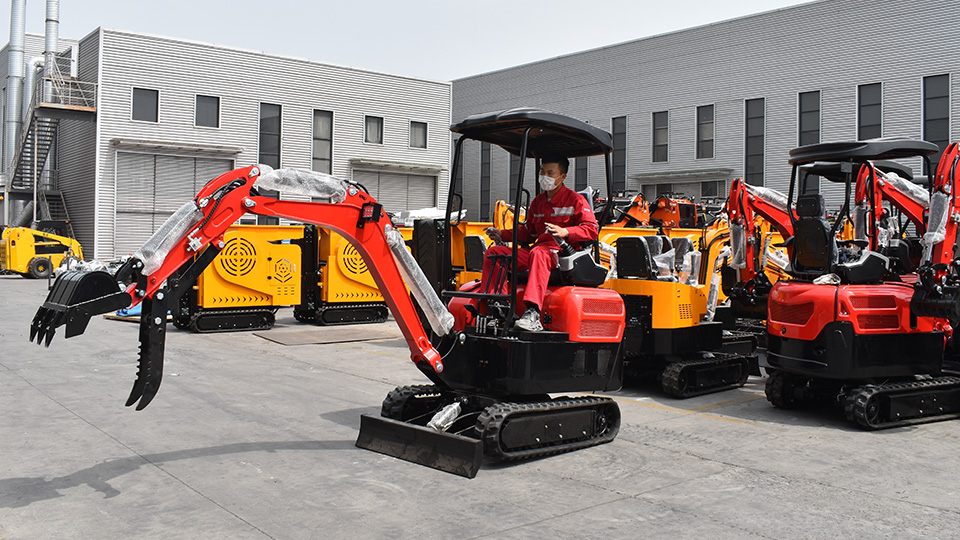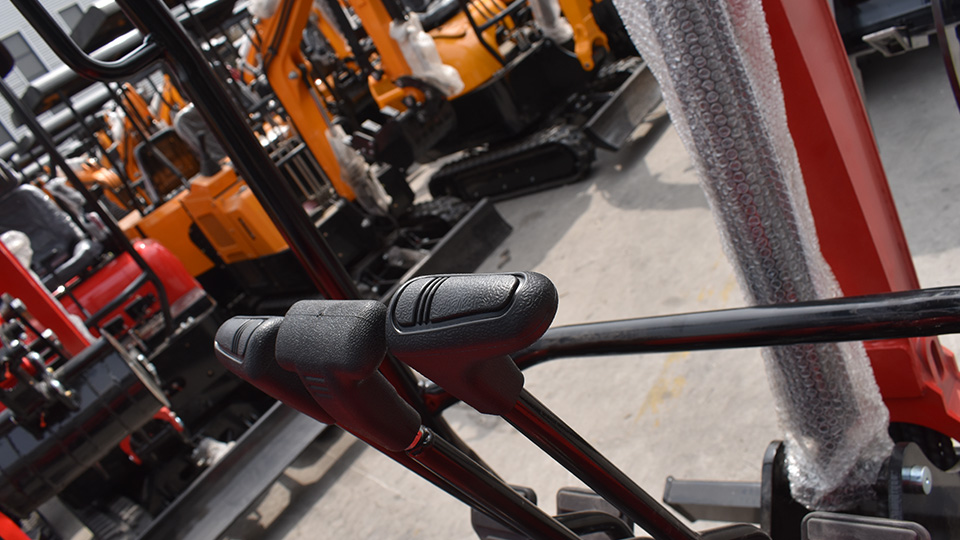I. Introduction
In the world of construction and excavation, having the right equipment for the job can mean the difference between a successful project and a logistical nightmare. Two of the most commonly confused pieces of heavy machinery are excavators and backhoes. Although they may appear similar at first glance and share overlapping capabilities, these machines have distinct characteristics that make them better suited for specific tasks.
Understanding the differences between excavators and backhoes is crucial for contractors, builders, and anyone involved in earth-moving operations. Selecting the appropriate machinery can enhance productivity, reduce costs, and ensure the safety and efficiency of construction projects. This article delves into the key differences between excavators and backhoes, providing clear insights into their design, functionality, and optimal usage scenarios.
II. Definitions and Basic Functions
What is an Excavator?
An excavator is a large, heavy-duty piece of construction equipment typically consisting of a rotating cab, a long hydraulic arm, and a bucket. Excavators are mounted on either tracks or wheels and are capable of a full 360-degree rotation. They are primarily used for large-scale digging projects, demolition, heavy lifting, and deep trenching.
What is a Backhoe (or Digger)?
A backhoe, often referred to as a "digger" especially in the UK and Australia, is a smaller, more versatile piece of machinery that combines the features of a tractor, a front loader, and a rear-mounted backhoe. The front end features a loading bucket, while the rear is equipped with a hydraulic arm and bucket. Backhoes are widely used in small to medium construction projects, landscaping, and utility work.

III. Structural Differences
Size and Weight
Excavators are generally larger and heavier than backhoes. They are built for more substantial and intensive tasks that require more digging power and stability. Backhoes are lighter and smaller, which makes them easier to transport and maneuver.
Cab Rotation
One of the defining features of an excavator is its ability to rotate the cab and arm assembly a full 360 degrees, which allows for efficient digging and movement of materials without needing to reposition the machine. Backhoes have a limited rotation capability, typically up to 200 degrees, which can restrict their operational flexibility.
Arm and Boom Design
Excavators feature a long arm and boom design that enables deep and extended digging. Their structure is optimized for reach and power. In contrast, backhoes have a shorter arm that provides sufficient power for smaller tasks but lacks the reach and depth capabilities of an excavator.
IV. Mobility and Versatility
Terrain Suitability
Excavators, especially those with tracked bases, are designed for stability and are better suited for uneven, rough, or muddy terrains. Their wide tracks distribute weight more evenly, reducing ground pressure. Backhoes, with their rubber tires and compact size, are more road-friendly and are ideal for jobs in urban or semi-urban settings where mobility is essential.
Versatility
Backhoes are inherently versatile due to their dual-purpose design, combining a loader and a backhoe in one machine. This allows them to perform multiple tasks on a job site without the need for additional machinery. Excavators, while more specialized, can also handle a variety of tasks when equipped with the appropriate attachments.
V. Attachments and Tooling Options
Excavator Attachments
Excavators can be fitted with a wide range of attachments such as hydraulic breakers, augers, grapples, thumbs, and tilt rotators. These tools expand the excavator's functionality, allowing it to perform demolition, drilling, material handling, and more.
Backhoe Attachments
Backhoes can also use various attachments, including buckets, hammers, and augers. However, due to their smaller size and power, the range and size of compatible attachments are generally more limited compared to excavators.
Quick Coupler Systems
Both machines can be equipped with quick coupler systems, enabling operators to switch between attachments efficiently, thus enhancing productivity on job sites.
VI. Applications and Use Cases
Excavator Common Use Cases
Excavators are ideal for large construction sites, mining operations, and infrastructure projects that require deep excavation, heavy lifting, and precision demolition. Their power and reach make them indispensable for high-demand environments.
Backhoe Common Use Cases
Backhoes excel in small to medium projects such as residential construction, landscaping, and municipal utility maintenance. Their ability to navigate tighter spaces and perform multiple functions makes them a go-to choice for general contractors.
Project Scale and Site Size
Excavators are best suited for large-scale projects with open workspaces, while backhoes are preferable for confined areas and tasks that require mobility and adaptability.
VII. Cost, Ownership, and Operational Considerations
Initial Purchase Cost
Excavators typically come with a higher purchase price due to their size and capabilities. Backhoes are more affordable, making them attractive for smaller businesses or projects with budget constraints.
Maintenance and Operating Costs
Excavators generally have higher fuel consumption and maintenance needs. However, their durability and productivity can justify these costs in the right settings. Backhoes are less expensive to maintain and operate but may not be as efficient in demanding environments.
Skill Requirements
Operating both machines requires training, though the complexity of excavators may demand more specialized skills. Licensing requirements vary by region and project type, but professional certification is often necessary.
VIII. Regional Terminology and Misunderstandings

"Digger" in the UK and Australia
In many English-speaking countries outside of North America, the term "digger" is commonly used to refer to both excavators and backhoes, contributing to confusion. In the US and Canada, more specific terminology is generally used.
Clarifying Industry Jargon
Understanding the regional differences in terms can prevent miscommunication, especially on international projects or when renting equipment from global suppliers.
IX. Conclusion and Summary
Excavators and backhoes may appear similar and are often used interchangeably in casual conversation, but they serve distinct roles in the construction industry. Excavators offer more power, reach, and rotation for large-scale operations, while backhoes deliver versatility and mobility for smaller, more diverse tasks.
Choosing the right machine depends on the specific requirements of your project, including scale, terrain, and functionality. By recognizing the unique strengths and limitations of each type of equipment, you can make informed decisions that enhance efficiency, reduce costs, and ensure successful outcomes on your worksite.
Post time:Sep-25-2020
